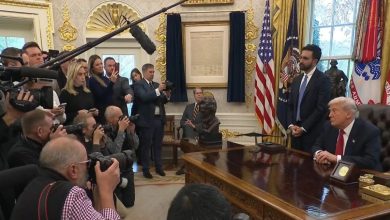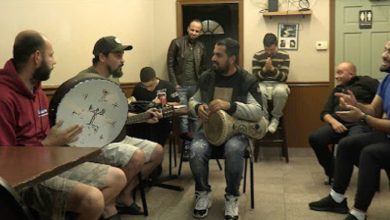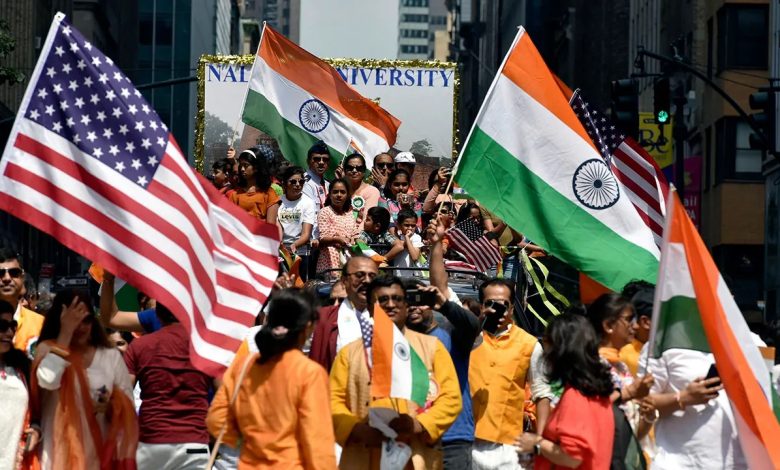
The Indian-American community is one of the fastest-growing and most influential immigrant groups in the United States. With over 4.8 million people of Indian origin living across the country, they have made significant contributions to education, business, medicine, and technology.
But beyond their professional success lies a rich diversity in religious and cultural identity. While many associate Indian-Americans with Hinduism—the dominant religion in India—this community also includes a substantial number of Indian Muslims, Christians, Sikhs, and others.
This leads to a common question: Are there more Indian Muslims or Hindus in the United States today? The answer provides not only insight into demographic trends, but also into the evolving social and religious dynamics of Indian life in America.
In this article, we present the most recent and reliable data from Pew Research and Carnegie Endowment studies to explore the real numbers—and what they mean for the broader American Muslim and Hindu populations.
Population Overview
-
According to the 2023 Pew Research Center data, approximately 48% of Indian Americans identify as Hindu, while 8% identify as Muslim.
-
The 2025 Carnegie Endowment’s Indian American Attitudes Survey (IAAS) confirms this pattern, showing 55% identify as Hindu and 14% as Muslim.
-
These figures clearly indicate that Hindu Indian Americans significantly outnumber Muslim Indian Americans.
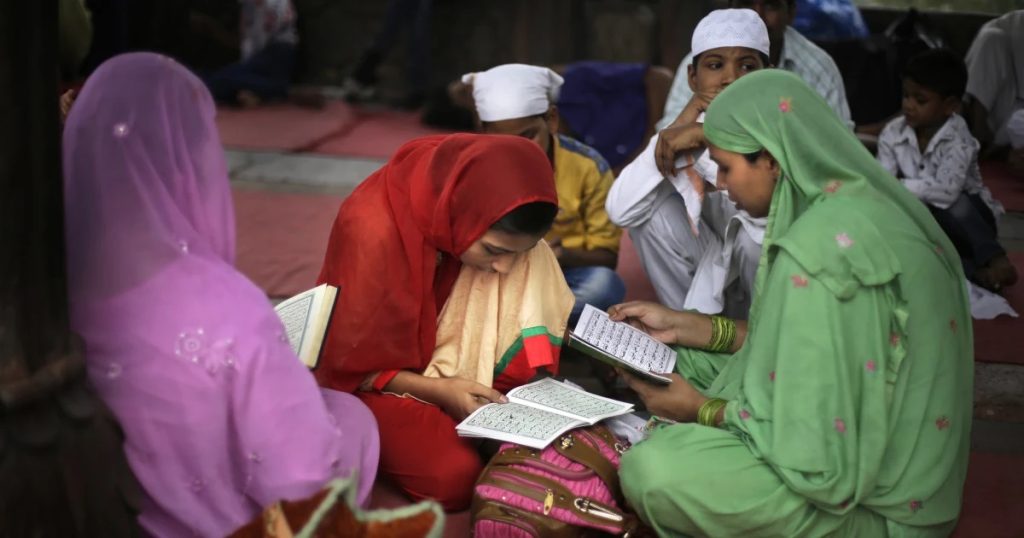
Overall U.S. Muslim vs Hindu Numbers
-
Pew Research estimates that in 2015, there were around 3.3 million Muslims in the U.S., compared to only 2.1 million Hindus.
-
More recent data suggests the U.S. Muslim population in 2020 might be as high as 4.5 million, though some estimates suggest fewer than 3 million.
-
Meanwhile, Hindus in the U.S. represent about 0.9% of adults, growing over time.
-
So while all Muslims in the U.S. (from all ethnic groups) likely outnumber all Hindus, within the Indian-American community Hindus remain more numerous than Muslims.
Religious Engagement & Devotion
-
The IAAS also measured religiosity:
-
71% of Indian-American Muslims say religion is very important in their lives; 51% attend services weekly.
-
Hindus place less emphasis: 38% say religion is very important, and 22% attend services weekly.
-
-
These figures suggest that although smaller in number, Indian-American Muslim communities often report higher religious engagement than Hindu counterparts.
Summary Table
| Community | % of Indian-Americans (Carnegie 2024) | Religious Importance (Very Important) | Weekly Attendance |
|---|---|---|---|
| Hindus | ~55% | 38% | 22% |
| Muslims (Indian-American) | ~14% | 71% | 51% |
| All U.S. Muslims (all ethnicities) | ~3–4.5 million individuals | — | — |
| All U.S. Hindus (all ethnicities) | ~2.1 million individuals | — | — |
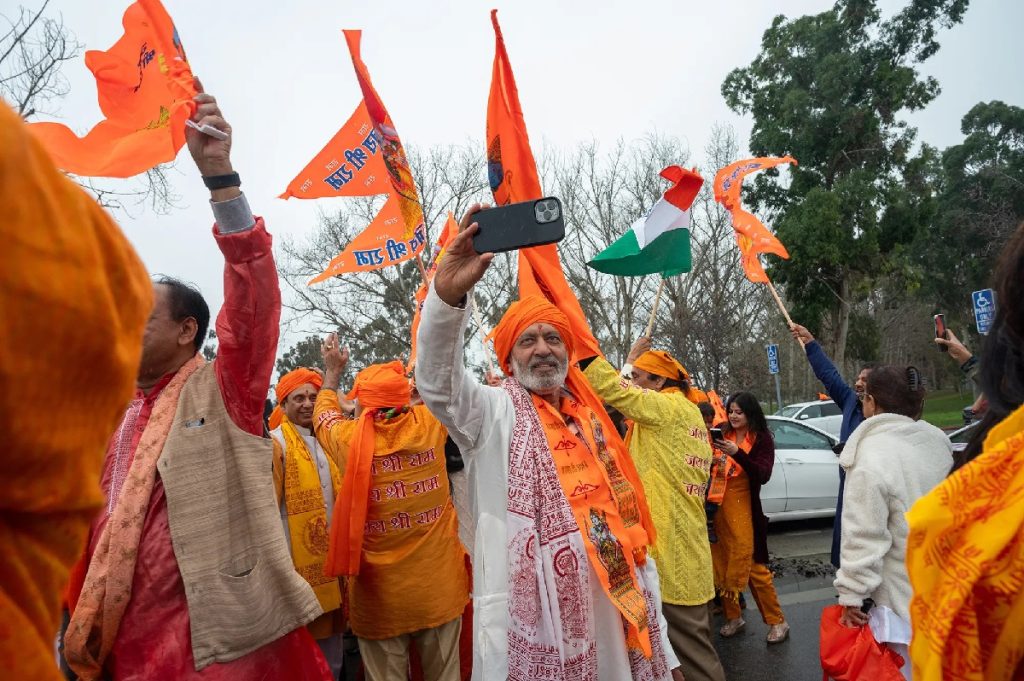
-
Hindu Indian Americans are significantly more numerous than their Muslim counterparts, by both Pew and Carnegie survey data.
-
In the United States overall, the total Muslim population (across all ethnicities) likely exceeds the total Hindu population—but this comparison differs from the specific Indian‑American demographic.
-
Religious commitment appears higher among Indian‑American Muslims compared to Hindus, based on importance of religion and attendance rates.
